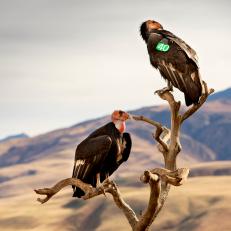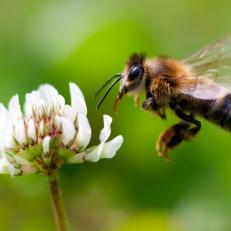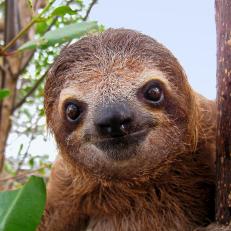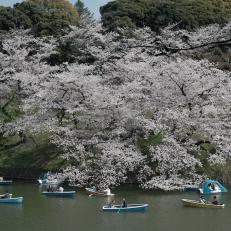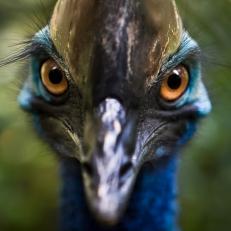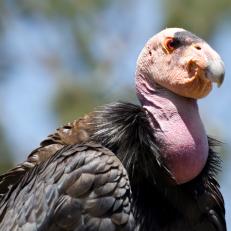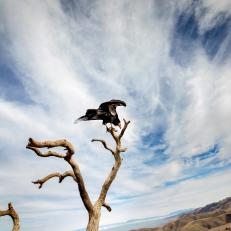Arctic Bird Fest Takes Flight
The yearly Arctic Refuge Virtual Bird Festival highlights the amazing migratory birds of the Arctic. Hosted by the US Fish and Wildlife Service and Audubon Alaska, this free online festival features the many incredible birds who travel to the Arctic National Wildlife Refuge. The birds migrate to the refuge in northeastern Alaska to nest, raise young, feed, and rest. Many then migrate to destinations all around the world, including your backyard. Learn more.
A biologist holds a sandpiper chick. Over 200 species of birds have been spotted at Arctic Refuge.
The coastal plain of Arctic National Wildlife Refuge attracts an abundance of bird species in the summer. Few predators and a plethora of insects create an ideal nursery for birds to nest and raise their young before migrating south.
Migrating greater white-fronted geese are a common sight in Arctic Refuge.
Red-necked phalaropes nest around arctic tundra pools and winter at sea. These birds swim in circles to create mini whirlpools to draw in food like crustaceans.
Red phalarope chicks huddle together in a nest. Breeding areas in high Arctic are vulnerable to effects of climate change as well as human-caused habitat loss.
The Long-billed Dowitcher is a common visitor to Arctic Refuge's coast. The long bill on this shorebird allows it to probe for insects and their larvae and other tiny aquatic invertebrates.
These adorable chicks will grow up to be fierce raptors. Peregrine falcons are one of the fastest birds in the world. A population of these falcons travel from Florida to USFWS Arctic National Wildlife Refuge's Brooks Range to make their nests.
Pectoral sandpipers migrate to the Arctic coast from South America. "Pectoral" refers to the inflatable air sac on the male's chest, which he will puff up while "hooting" for a mate in the Arctic tundra.
The Arctic Refuge acts as one big baby bird nursery. A vital sanctuary for millions of migratory birds and other animal species, it is one of the few unspoiled ecosystems left on Earth.











